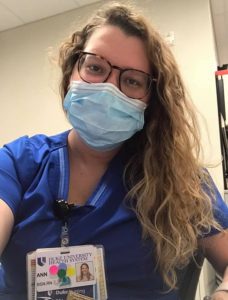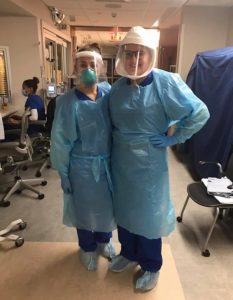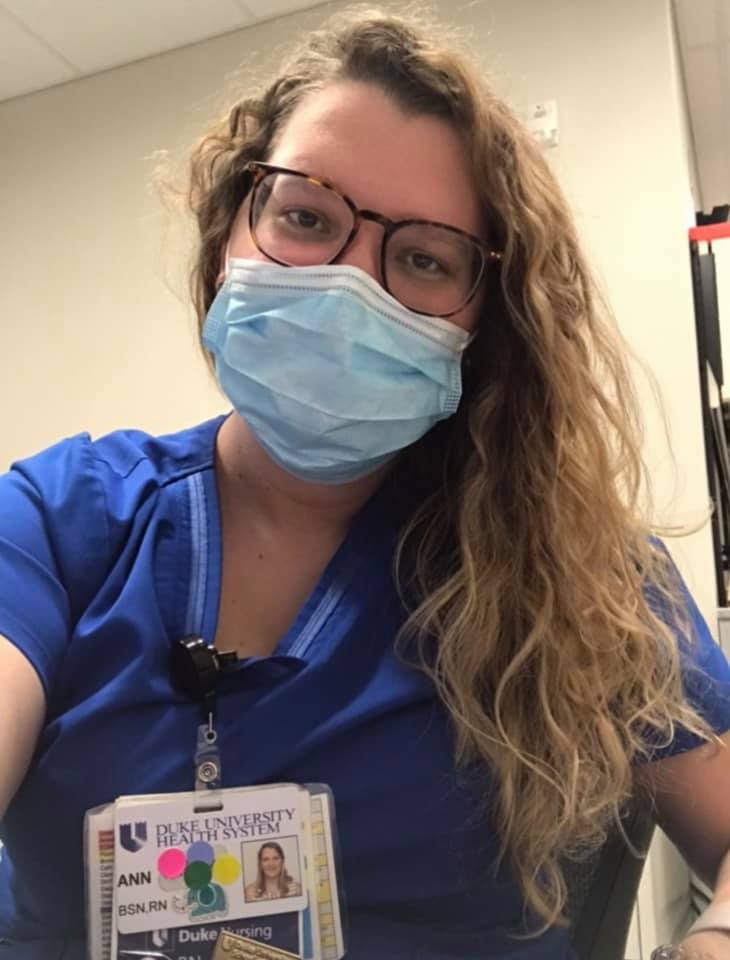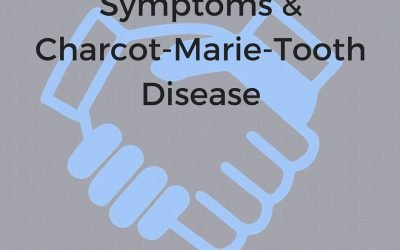 Ann Taylor Jones, a CMT1A patient, was told her whole life that she could never be a nurse. Now she works as a full-time ICU nurse treating COVID-19 patients.
Ann Taylor Jones, a CMT1A patient, was told her whole life that she could never be a nurse. Now she works as a full-time ICU nurse treating COVID-19 patients.
Ann grew up with CMT in her family. Her father inherited it from his mother and one of her two siblings also has it, so it was no surprise when she began noticing symptoms around the age of eight. “Sports and recreational activities became harder for me, but it wasn’t until my college years when the nerve pain started.” She could feel her muscles atrophying and would soon have no choice but to opt for five extensive surgeries including: bilateral foot reconstructions, tendon transfers, achilles lengthening, hammer toe corrections and fusions. “I was using leg braces at one point but now after the surgeries, I’m glad to say I don’t need them anymore.”
The surgeries have improved her quality of life dramatically with the most recent surgery taking place this past January. “On a scale of 1 to 10, my daily pain has gone from a 7 or 8 to about a 3 or 4.”
Not all of Ann’s journey has included physical pain. She recalls an emotionally painful event during her junior year of college when she had been experiencing ulcers and blood flow issues following a surgery, which resulted in extended time in a cast. One of her instructors told her that she would not be allowed to partake in the clinical sessions while wearing a boot. Thankfully, Ann recognized this as a violation of the ADA (Americans with Disability Act) and worked with student affairs to reverse the decision and partake in the clinic.
When it was time to interview for a job, Ann chose not to disclose her CMT. “I didn’t want to be judged for having a disability— there’s not much info on it and I was afraid people would not understand. There are still a fair amount of coworkers who don’t know.” The colleagues who are aware are very supportive. If there’s an instance where something needs to be grabbed in a hurry, they will rush on her behalf. She sometimes struggles with opening things but says for the most part everything has a “flip open” top.
“I’m lucky to work in the ICU because I only have one or two patients at a time. There isn’t much running back and forth. I am on my feet a  lot, which can be challenging, but there are moments in between when I can sit and put my feet up for a while. Not everyday is physically exhausting, some days I’m handling mostly administrative tasks. Recently, my work days have gone from three to five days at twelve-hour shifts each. I find myself asking my husband to meet me in the driveway after my 45-minute drive home to help me into the house and into a pair of compression socks to relieve the swelling.”
lot, which can be challenging, but there are moments in between when I can sit and put my feet up for a while. Not everyday is physically exhausting, some days I’m handling mostly administrative tasks. Recently, my work days have gone from three to five days at twelve-hour shifts each. I find myself asking my husband to meet me in the driveway after my 45-minute drive home to help me into the house and into a pair of compression socks to relieve the swelling.”
Ann is aware that she won’t always be able to sustain the pace she is working now and is currently in school to become a nurse practitioner. Her advice to those living with CMT and passionate about nursing is to “go for it.”
“There are so many areas of nursing to go into. Not all are as physically demanding as ICU. I’m a better nurse because of my CMT. My empathy and ability to relate to what my patients are going through is valuable and comforting to them. When someone is in pain, I can compassionately tell them, I know… I’ve been there too.”
*Watch our full CMT-Connect IG interview here: https://bit.ly/3hAeDpN







0 Comments